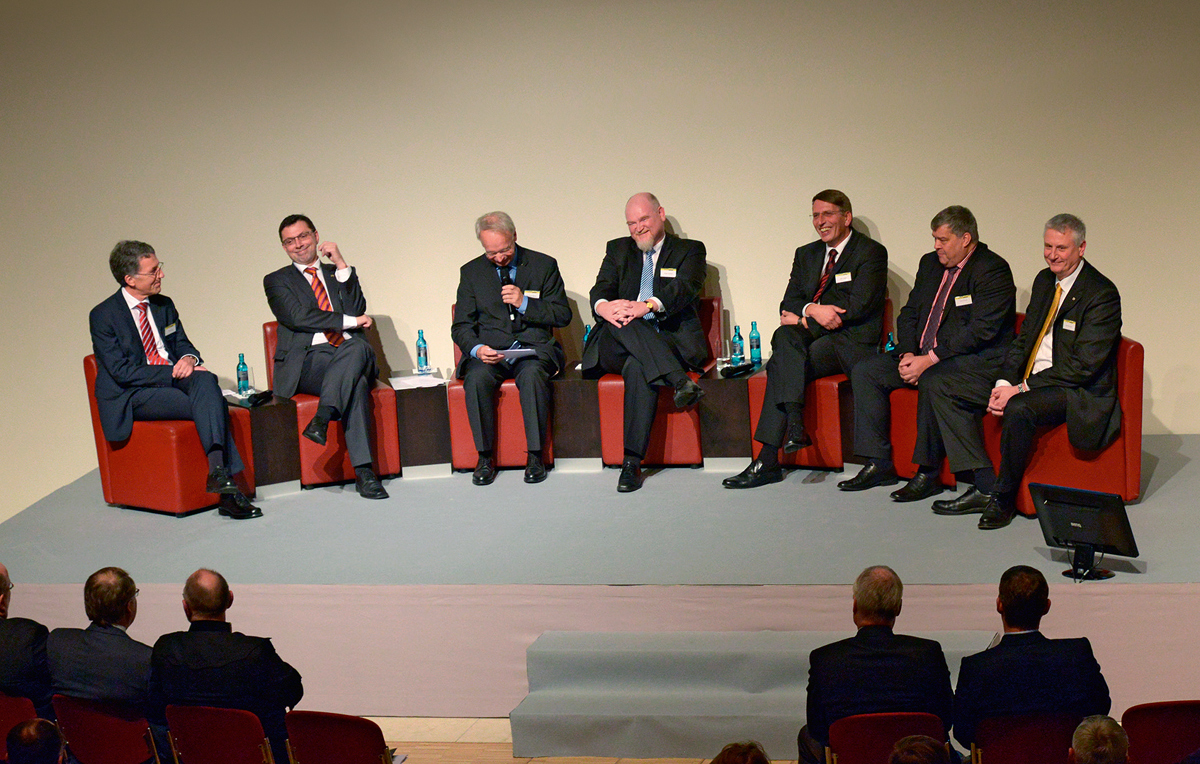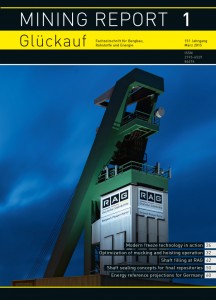Mining is and will remain an important international industry. The major globally-positioned mining companies are in need of trained personnel, as even the world‘s main mining regions suffer from a skills shortage in this area. This creates wonderful career opportunities for German-trained engineers and technicians. This is why we think it is very important to take a global view of what is happening in the mining sector beyond our shores and to look at the developments under way elsewhere in the world. This will work both ways, as our readers in other countries will also gain an insight into the realities of the German mining industry.
With my best regards
Andreas-Peter Sitte
Chiefeditor Mining Report
ISSUE 01/2015
Has Mining Report Glückauf a future? Findings of a discussion session held at the “150 years of Glückauf” symposium

Modern freeze technology in action as five shafts are sunk at two project sites
Learn more …Optimization of mucking and hoisting operation in conventional shaft sinking
Shaft filling at RAG – technical options for future requirements
Learn more …
